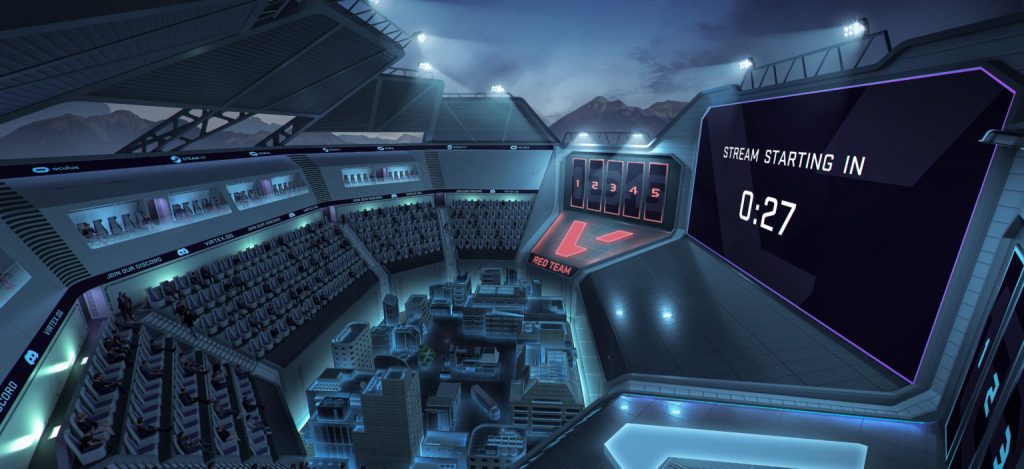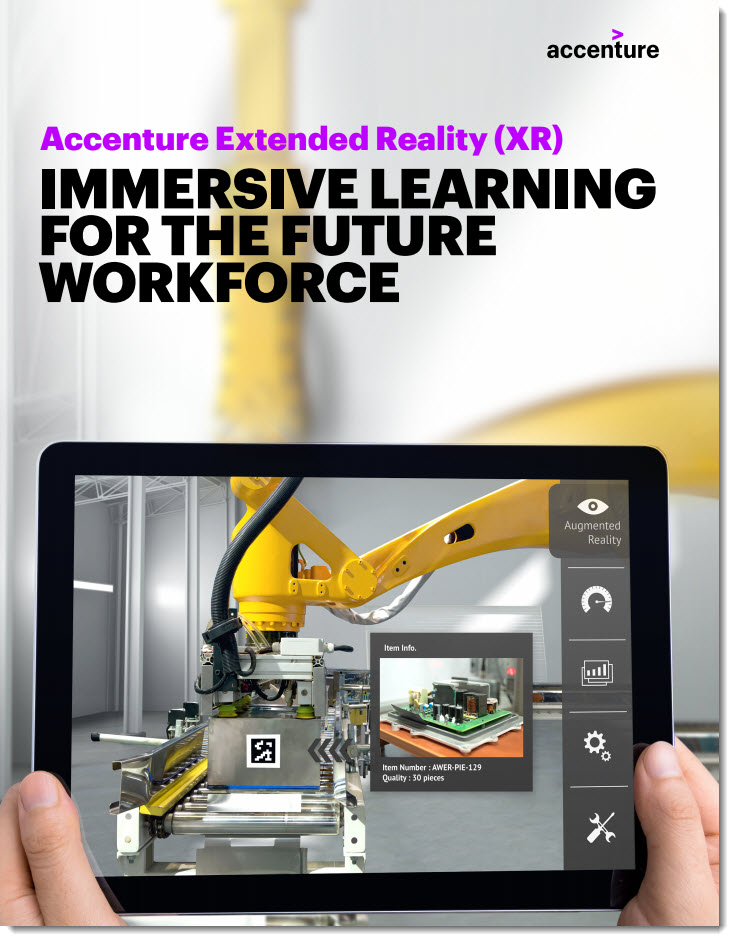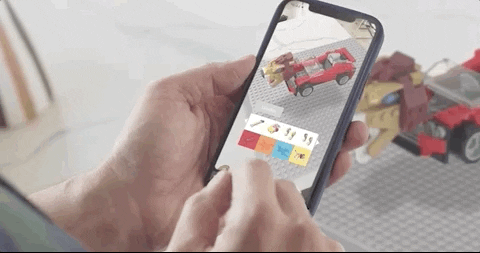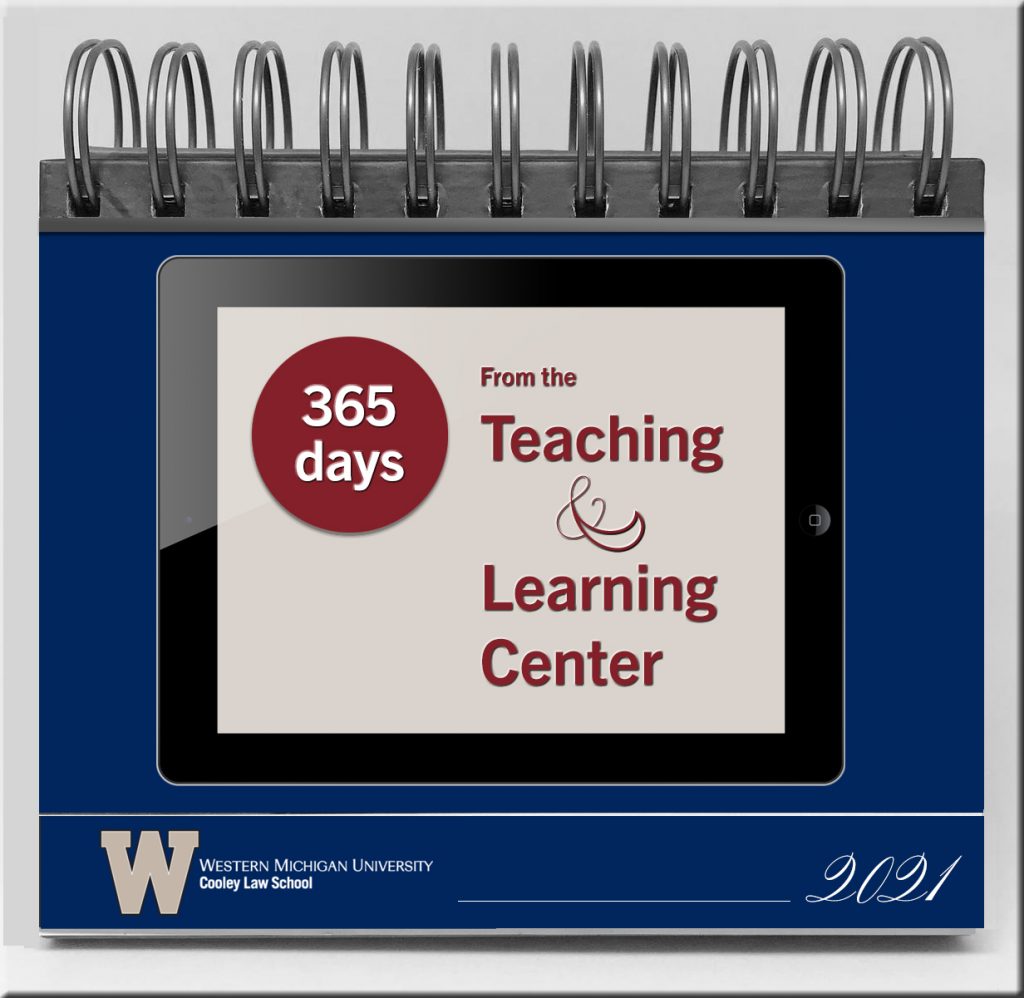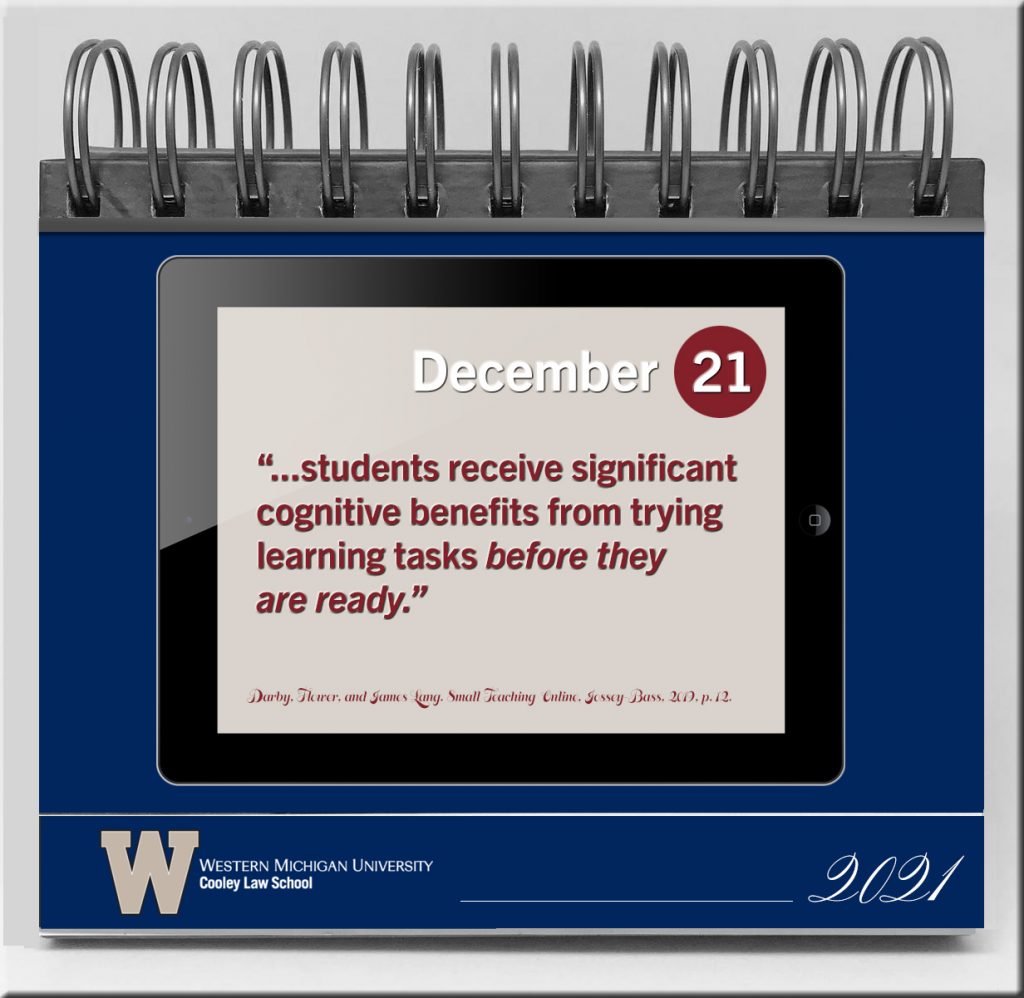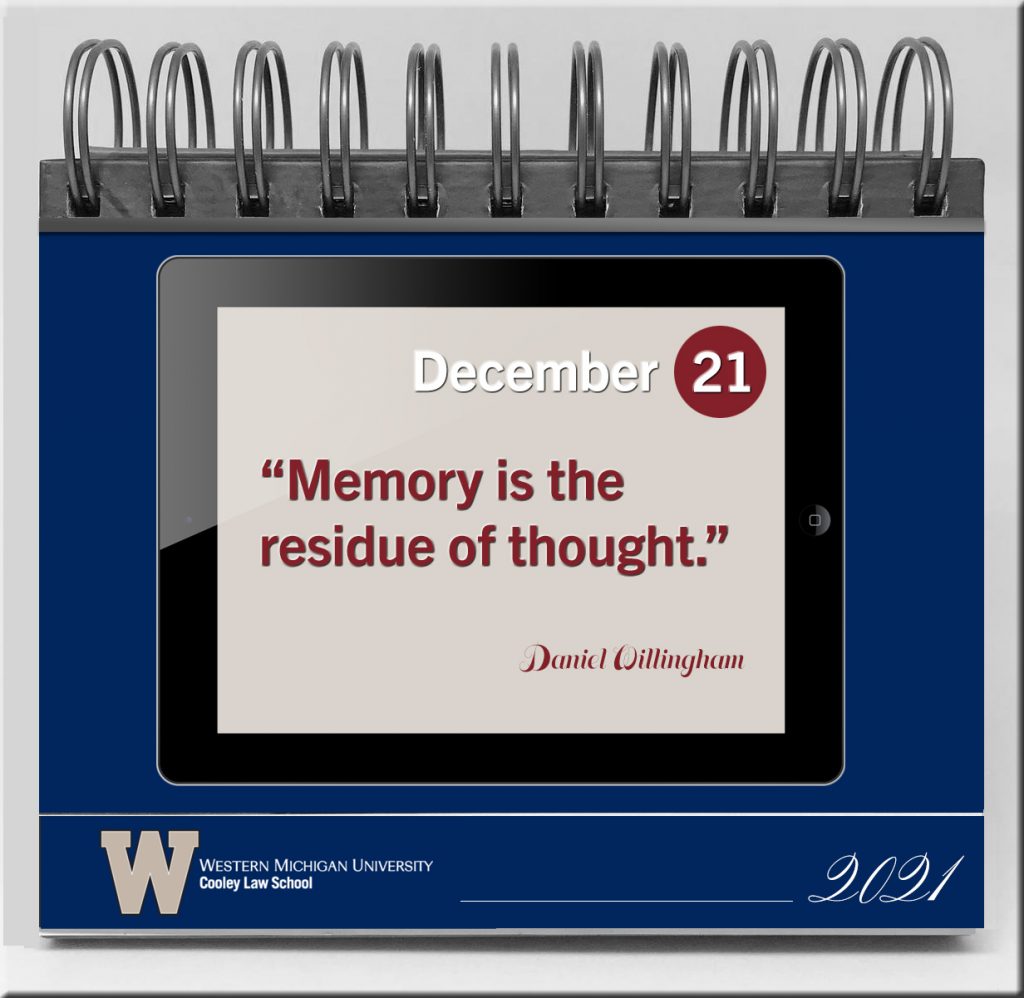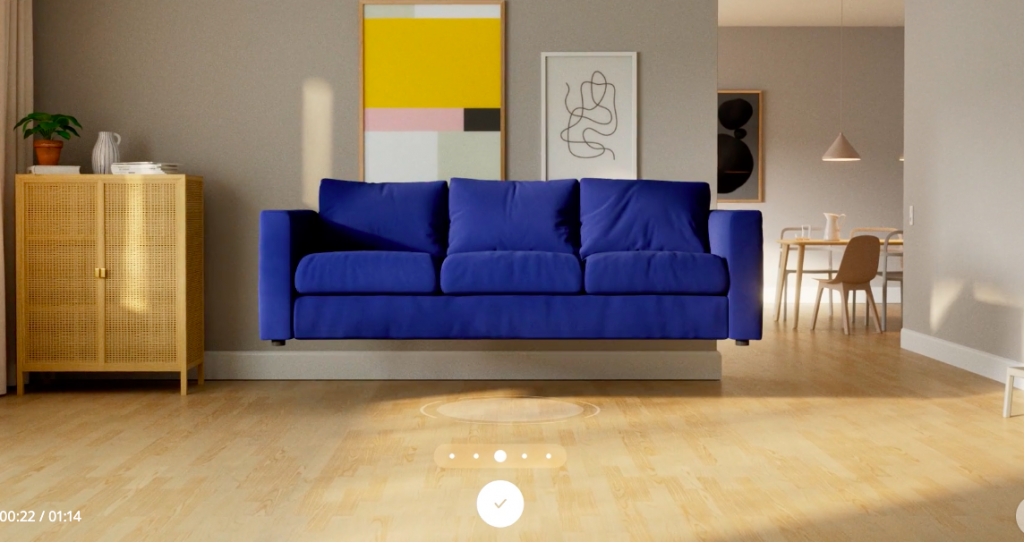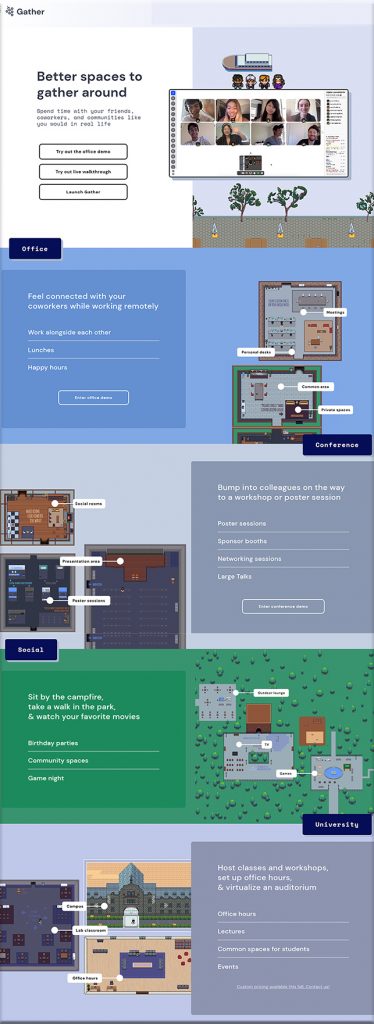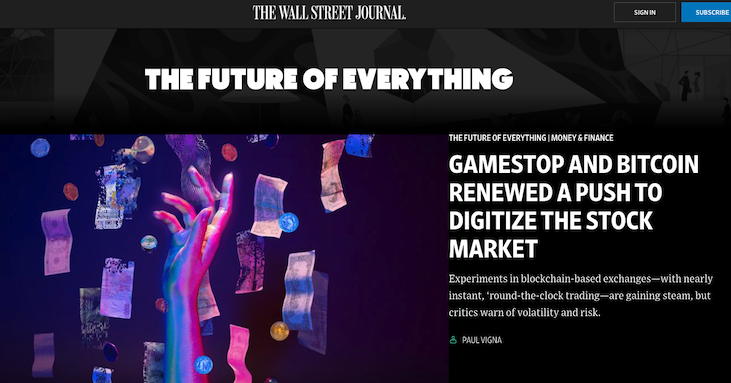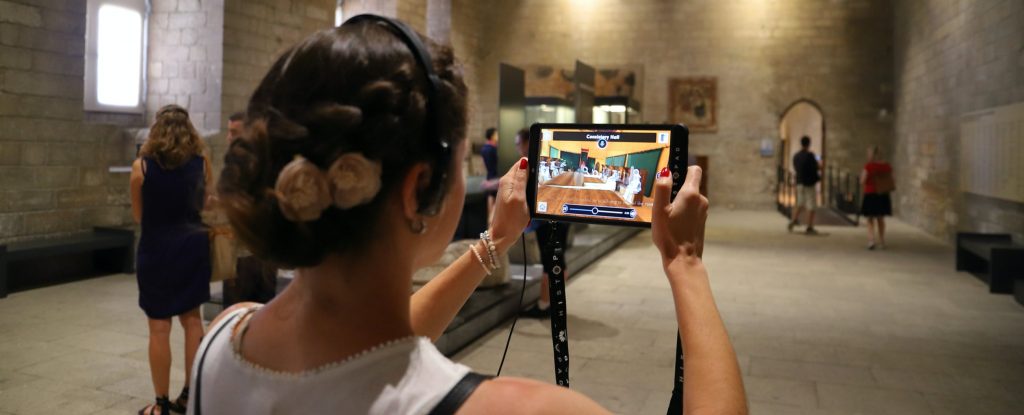Could VR Stadiums Be The Future Of Live Esports? — from vrscout.com by Kyle Melnick
Virtex wants to revolutionize the way we view live esports by replicating the IRL stadium experience in VR.
Also see:
- Augmented, Virtual Realties Hold Promise for Government — from govtech.com
Excerpts:
From firefighting and social services to increased accessibility, public-sector agencies are using virtual and augmented reality to improve how staff train to interact with citizens — and it’s only the beginning.
…
From field operations to personnel training to service delivery, “there are a lot of opportunities to improve government through these immersive experiences,” she said. While state and local governments are still in the early stages of AR and VR adoption, a number of emerging use cases suggest the technology’s potential power.









